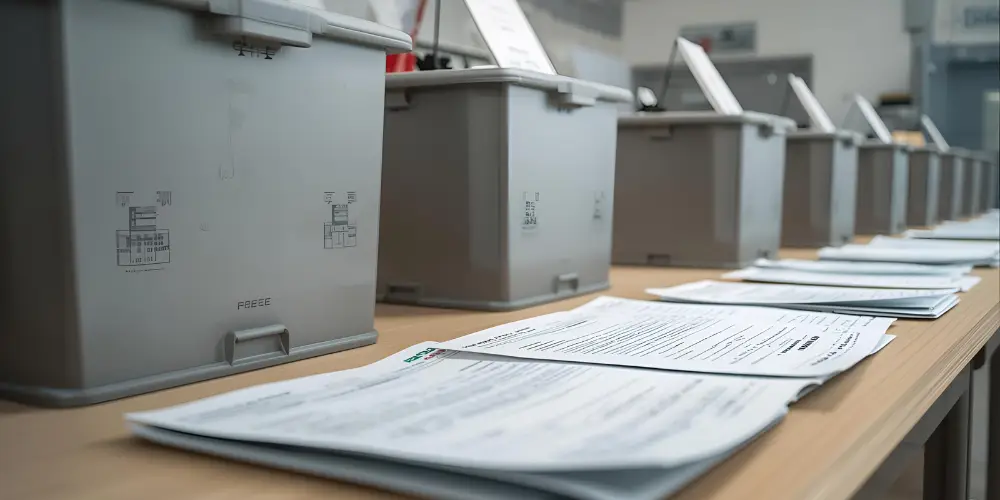Senegal’s Bold Economic & Social Recovery Plan by Prime Minister Sonko
Prime Minister Ousmane Sonko has unveiled a sweeping Economic and Social Recovery Plan (PRES), covering 2025–2028, designed to restore stability, reinvigorate growth, and reassert Senegal’s economic sovereignty.
Macroeconomic Crisis and Urgency
Senegal faces acute financial challenges: a budget deficit soaring around 12–14 % of GDP and public debt surpassing 119 % of the economy, including previously hidden liabilities under the former administration. These issues prompted the International Monetary Fund to suspend its loan program pending fiscal correction.
A Sovereign, Debt‑Free Financing Model
At the heart of the plan: **90 % of financing will come from domestic resources**, with zero reliance on new external borrowing. Estimates value the total resource mobilization between CFA 4.6 trillion and CFA 5.667 trillion (about €8.2–8.7 billion) over four years.
Core Pillars of the PRES
- Public spending reduction: Merging public institutions, downsizing state agencies, cutting unnecessary expenditures—immediately saving about CFA 50 billion.
- Domestic revenue mobilization: Intensive tax reforms targeting the digital economy, tobacco, mobile money, online gaming, carbon or environmental levies, visa fees and telecom licenses—estimated revenue sources run into dozens or hundreds of billions CFA.
- Debt reduction and contract renegotiation: Revising oil, gas and mining agreements to lift up to CFA 884 billion; collecting dividends from public companies (~CFA 27bn); recycling public assets including telecom concessions and land.
Target Indicators & Objectives
The plan aims to bring the budget deficit down to ~3 % of GDP by 2027, from today’s 12 %–14 %, without increasing the public debt load. It also ties into the long‑term “Senegal 2050” vision, which targets tripling per‑capita income, boosting growth to 6–6.5 %, and reducing poverty to under 10 % by 2029–2050.
Social Equity & Vulnerable Populations
With 20 % unemployment and nearly 36 % of the population living in poverty, the PRES includes social protective measures such as:
- Targeted cash transfers and expansion of family allowances;
- Free access to basic services in health and education;
- Better targeting and reform of subsidy programs, especially energy subsidies, to ensure benefits reach the most vulnerable segments.
Structural & Institutional Reforms
The PRES proposes audits across governments and state enterprises, reinforcement of anti‑corruption institutions (OFNAC, Court of Accounts), whistleblower protection, and asset‐declaration laws to restore transparency and public trust.
Strategic Role of Oil, Gas & Diaspora
As a new producer of liquefied natural gas, Senegal plans to optimize returns from hydrocarbons while maintaining sovereign control—any external engagement will center on asset recycling, not new debt creation.
The strategies also tap diaspora savings and capital investment, including vehicle import reform, encouraging investment within the Senegalese community abroad.
Opportunities and Challenges Ahead
The PRES’s ambition is clear: a sovereign economic model rooted in fiscal discipline. Yet sharp questions remain:
- Can domestic resource mobilization outpace the revenue gap created by restraint on external borrowing?
- Will businesses and consumers absorb new taxes without stifling consumption, investment or informal activity?
- How might resistance from entrenched interests slow contract renegotiations and institutional restructuring?
- Will the social measures sufficiently cushion vulnerable groups against austerity effects?
Conclusion
Prime Minister Ousmane Sonko’s Economic and Social Recovery Plan represents a turning point in Senegal’s governance—anchored in economic self‑reliance, transparency and targeted social support. By refusing new external debt and leveraging domestic assets and revenues, the strategy aims to rebuild macroeconomic stability while empowering citizens, especially young people, women and the most vulnerable. The success of the PRES hinges on disciplined execution and civic support, but its bold vision promises to redefine Senegal’s trajectory toward durable and inclusive prosperity.
For more news: https://africaciviclens.com/
External Links: https://www.reuters.com/world/africa/senegal-unveils-recovery-plan-rely-domestic-funding-2025-08-01/




